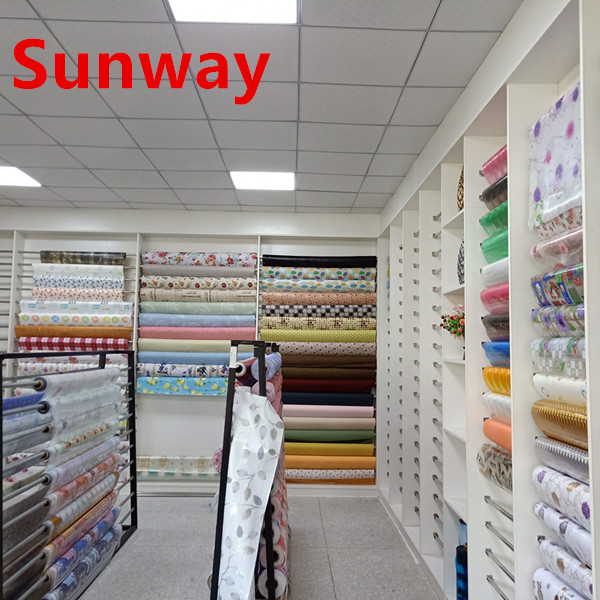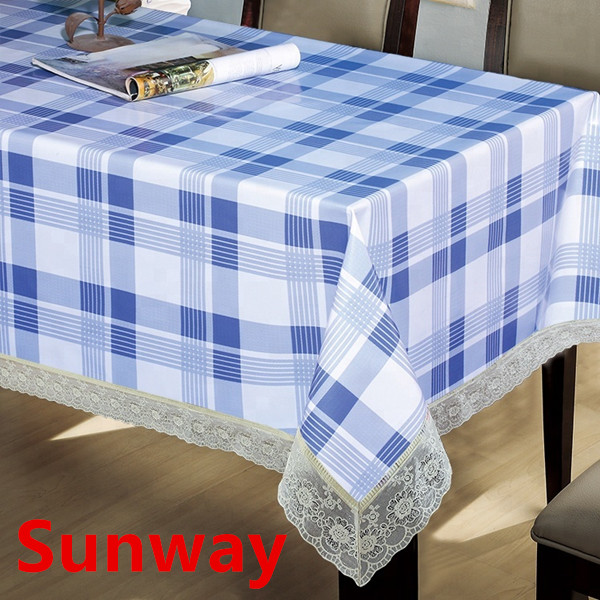The technology of automatic fault detection has been realized. Today, you can hear the word "fault detection" in almost all industries. Used in the printing and packaging industry, it can help us find all defects on printed products, and can be applied to different printing methods.
working principle
The automatic printing fault detection system is a new type of auxiliary equipment. This equipment is designed to be able to actively search for possible defects on the printed page during the printing process. The automatic printing fault detection system can help the operator to monitor the product quality in the printing process in an all-round way, and ensure that every product printed is qualified. Most of the detection systems it uses are to use high-definition, high-speed camera lenses to take standard images, and set certain standards on this basis; then take the detected images, and then compare the two. The CCD linear sensor converts the change in light quantity of each pixel into an electronic signal. After comparison, as long as the detected image is different from the standard image, the system considers the detected image to be a non-conforming product. The various errors generated during the printing process are only the difference between the standard image and the detected image for the computer, and faults such as smudges and ink dot chromatic aberration are included.
Among them, the technology used by the 100% sampling system is similar to that of the drum observation system. In fact, this type of detection system only adds additional software to the drum observation system. A video camera is fixed on a beam equipped with an engine and equipped with a flash device.
In a series of printing processes, the system can scan non-stop, and has moved from one marked place to another in every flash photography. During this time, the markers at each location were scanned, but only a small portion of the markers were captured by the camera after flashing. Compare each marked printed image with the main image in memory. Any difference can be displayed on the screen and reported to the operator, with a warning. This system is very good for the observation of the drum image, because after all, the operator can see the image in a small area every time. However, for the automatic quality inspection system, it seems that sometimes it can pick out the faults in printing, sometimes it can't. In other words, this system works intermittently.
The 100% comprehensive system uses a completely different approach. It still requires a beam with an engine and permanently installs several cameras along the entire length of the drum. These cameras are usually of the line scan type. This means that instead of using a flash to take a rectangular snapshot of the printed product, the camera can sample a row of samples in the length of the drum at a time through a continuous lighting system. When the cylinder rolls to complete printing, the system samples the next line of samples. The retrieved sample information is constantly compared with the main image stored in memory. The main image is composed of printed information with the same length as the printed product and the same width as the cylinder. Once the detection system detects something wrong, then they are not only matched in the length direction of the cylinder, but also synchronized with the running speed of the printing press, it can always detect the quality of the pixels at the corresponding positions.
In addition, the fault information detected by the full-automatic printing fault detection system can be used not only as warnings and alarms, but also for fault reporting and data collection. The information is usually collected into a database, and enters the existing PC network through the interface, so as to leave the printing machine to analyze the data. The screen can show the speed and the location of the fault in the lateral direction of the drum, as well as the type of fault captured. The scroll bar can help the operator to view the earlier data and the previous data. At the end of printing, the printing report will be automatically created.
Detection accuracy
The earliest technology used for printing quality inspection was to compare the standard image with the detected image in grayscale. Now the more advanced one is based on the RGB three primary colors. What is the difference between fully automatic machine inspection and human eye inspection? Taking human eyes as an example, when we concentrate on a printed product, if the contrast of the printed product is relatively strong, the smallest defect that can be found by the human eye is the obvious contrast, not less than 0.3mm, but it depends on the human Ability is difficult to maintain sustained and stable visual effects. But to put it another way, if you are looking for defects in prints of the same color system, especially if you are looking for quality defects in a light color system, the defects that the human eye can detect need at least 20 gray levels. Automated machines can easily find defects with a size of 0.1mm, even if there is only one gray level difference from standard images.
But in terms of actual use, even the same full-color contrast system has different ability to distinguish color difference. Some systems can detect defects with large variations in contours and chromatic aberrations, while others can identify very small defects. For white cardboard and some simple-style printed materials, such as the Japanese KENT cigarette label and the US Marlboro cigarette label, simple detection may be sufficient. Most domestic printed products, especially various labels, have many characteristics. There are too many flash elements, such as gold and silver cardboard, hot stamping, embossing or glazing prints, which requires that the quality inspection equipment must have the ability to find very small grayscale differences, perhaps 5 grayscales The level difference may be a stricter gray level difference. This is crucial to the domestic label market.
The precise comparison between the standard image and the image of the printed matter to be inspected is a key issue of the inspection equipment. Generally, the inspection equipment collects images through the lens. In the middle part of the lens range, the image is very clear, but the image on the edge part may produce virtual The detection result of the ghost part will directly affect the accuracy of the entire detection.
From this point of view, if it is only the contrast of the full-frame area, it is not suitable for some fine prints. If the resulting image can be subdivided again, for example, the image is divided into 1024dpi × 4096dpi or 2048dpi × 4096dpi, the detection accuracy will be greatly improved, and at the same time, because the edge of the ghost image is avoided, the detection result is more stable.
Detection parameters
After the quality inspection parameters are set, will the use of high-speed, automated quality inspection equipment lead to an over-standard scrap rate? Increasing the scrap rate will undoubtedly lead to lower profits. But in fact all quality standards are relative, such as generally unacceptable minor defects, if it is in some specific areas (glue, paste area) is acceptable. In the case of manual testing, an appropriately relaxed and flexible standard can be automatically formed, so how does the rational and data-based testing complete the testing? A more reasonable approach is for the printer and the end user to reach an agreement to adopt regional and graded quality inspection standards for printed products. This is only a hard and fast rule, but it must be operable, acceptable and quantifiable. And these standards must be all kinds of data set by the user, such as the area to be detected, the detection level of each area, and the detection standard executed by each detection level. For example, first of all, we divide the printed matter to be tested, such as dividing the printed matter into the most stringent testing area-the most important part of the printed matter (trademarks, products), strict testing area-important part (products), general testing area-background 3. Ignore area-hidden part (glue wing, paste part). Then, set each detection level. This is very critical. It will directly affect the ability to detect faults and the scrap rate. Therefore, customers will inevitably request an acceptable and reasonable tolerance range, including setting acceptable and fault size. Range tolerance, acceptable, fault gray tolerance.
advantage
â‘ Continuous, proactive observation-100% roller, 100% of the time.
â‘¡ Ensure that consistent quality is observed, regardless of operator experience or shift changes.
â‘¢ Improve productivity by optimizing the speed and quality level of the printing press.
â‘£Provide early warning for upcoming faults.
⑤ The fault is displayed in color on the screen, and the nature and source of the fault can be quickly identified.
â‘¥When printing expensive printing materials, maximize its printing volume and reduce the amount of overprinting.
⑦Reducing the waste of expensive printing materials, minimizing its usage, reducing costs, and improving customer return rate.
⑧ Improve the company's image and make it competitive.
⑨Can be used in accordance with the requirements of ISO9000 standard.
â‘©Easy to produce short-term products with higher efficiency.
â‘© helps to make the most of existing equipment.
Today, full-automatic printing fault detection is a relatively mature technology, but with the further development of cameras and computer systems, the networking of work processes and the integration of data management functions, this technology will surely gain New development, printing quality and efficiency will be greatly improved by then.
Tablecloth and Shower Curtain are used very widely in every family , due to you need to eat and take a bath everyday, our tablecloth and shower curtain is made of PVC material, while the PVC Tablecloth is made of cotton substrate. The cotton base on the bottom layer of the tablecloth makes it soft and easy to fold, avoiding the disadvantages of hard and brittle traditional PVC tablecloth. And our PVC tablecloth and shower curtain aren't resemble traditional plastic tablecloth color is too single, the color and design are diversiform, easy tie-in a variety of decorate a style, it is the best choice of soft decoration . our Table Cloth and shower curtain are easy to clean and carry, Long service life, not easy to fade color. how to get the high quality and low price tablecloth and shower curtain ? Sunway is focused on the manufacture and sales PVC tablecloth and shower curtain is more than 20 years, come here that you can find all kinds of tablecloth and shower curtain which you like , if you need , welcome to contact us , thanks !




Table Cloth
Waterproof Table Cloth,Round Table Cloth,Dining Table Cloth,Custom Table Cloth
Shenzhen Sunway Packaging Material Co., Ltd , https://www.sunwaypack.com
